Scientists are rethinking how to implement automation for biologists to reduce costs, simplify adoption, and increase reproducibility.
Category: biological – Page 69
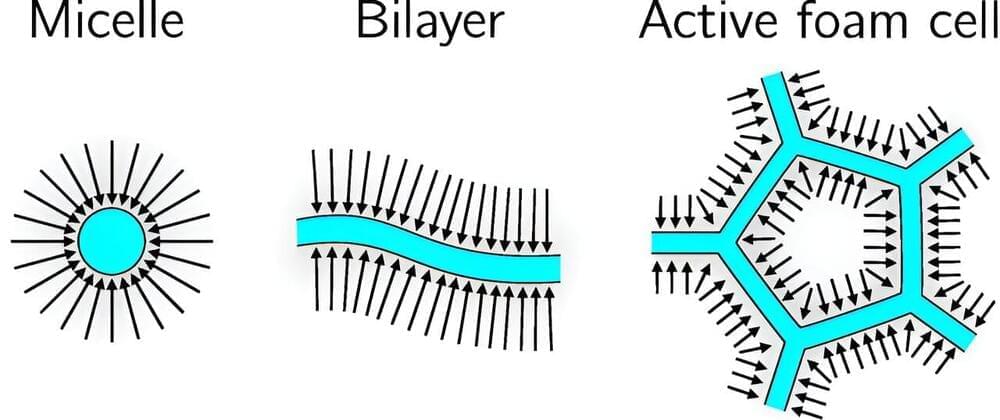
Physicists develop new model that describes how filaments assemble into active foams
Many fundamental processes of life, and their synthetic counterparts in nanotechnology, are based on the autonomous assembly of individual particles into complex patterns. LMU physicist Professor Erwin Frey, Chair of Statistical and Biological Physics at LMU Munich and member of the ORIGINS Excellence Cluster, investigates the fundamental principles of this self-organization.
Morphable materials: Researchers coax nanoparticles to reconfigure themselves
A view into how nanoscale building blocks can rearrange into different organized structures on command is now possible with an approach that combines an electron microscope, a small sample holder with microscopic channels, and computer simulations, according to a new study by researchers at the University of Michigan and Indiana University.
The approach could eventually enable smart materials and coatings that can switch between different optical, mechanical and electronic properties.
“One of my favorite examples of this phenomenon in nature is in chameleons,” said Tobias Dwyer, U-M doctoral student in chemical engineering and co-first author of the study published in Nature Chemical Engineering (“Engineering and direct imaging of nanocube self-assembly pathways”). “Chameleons change color by altering the spacing between nanocrystals in their skin. The dream is to design a dynamic and multifunctional system that can be as good as some of the examples that we see in biology.”
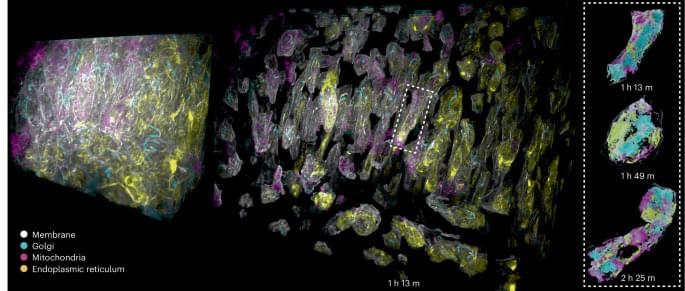
A Cell Observatory to reveal the subcellular foundations of life
Imaging the 4D choreography of subcellular events in living multicellular organisms at high spatiotemporal resolution could reveal life’s fundamental principles. Yet extracting these principles from petabyte-scale image data requires fusing advanced light microscopy and cutting-edge machine learning models with biological insight and expertise.
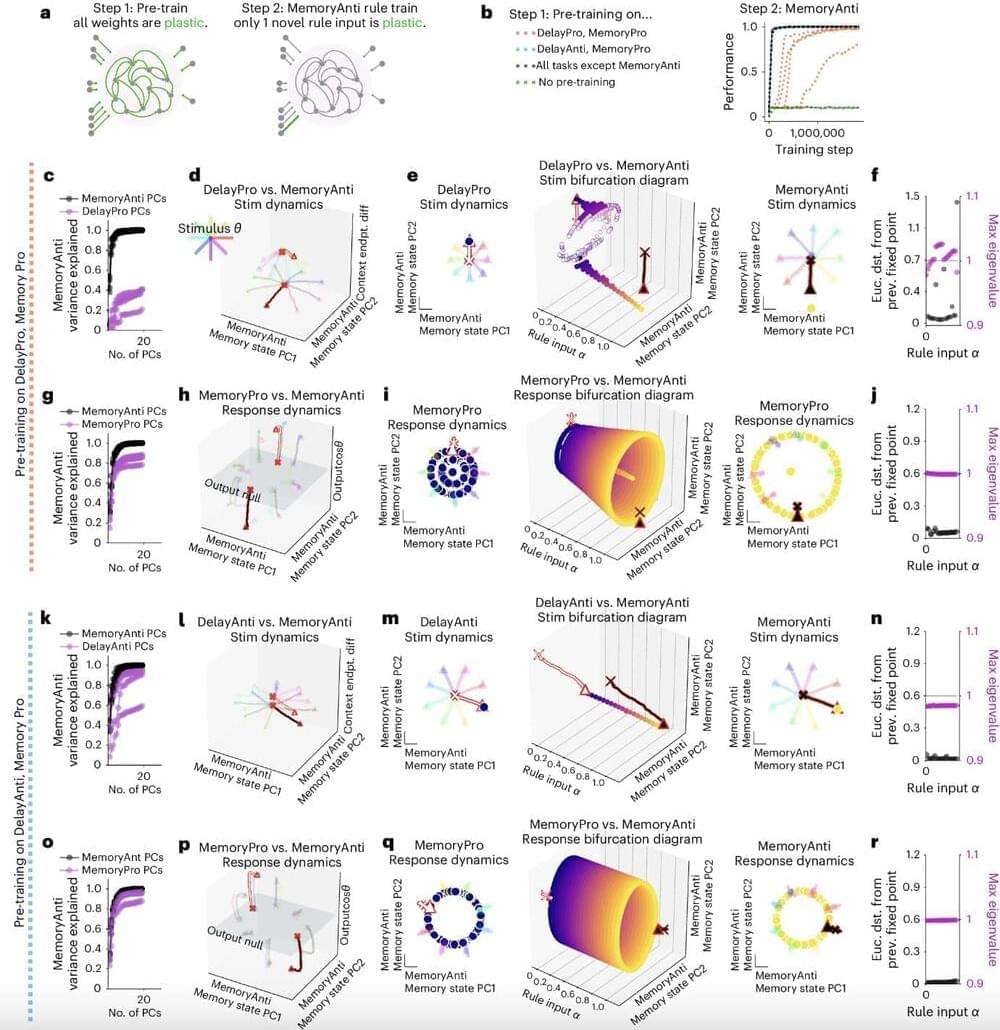
Flexible multi-task computation in recurrent neural networks relies on dynamical motifs, study shows
Cognitive flexibility, the ability to rapidly switch between different thoughts and mental concepts, is a highly advantageous human capability. This salient capability supports multi-tasking, the rapid acquisition of new skills and the adaptation to new situations.
While artificial intelligence (AI) systems have become increasingly advanced over the past few decades, they currently do not exhibit the same flexibility as humans in learning new skills and switching between tasks. A better understanding of how biological neural circuits support cognitive flexibility, particularly how they support multi-tasking, could inform future efforts aimed at developing more flexible AI.
Recently, some computer scientists and neuroscientists have been studying neural computations using artificial neural networks. Most of these networks, however, were generally trained to tackle specific tasks individually as opposed to multiple tasks.

Single neuromorphic memristor closely emulates multiple synaptic mechanisms for energy efficient neural networks
Biological neural networks demonstrate complex memory and plasticity functions. This work proposes a single memristor based on SrTiO3 that emulates six synaptic functions for energy efficient operation. The bio-inspired deep neural network is trained to play Atari Pong, a complex reinforcement learning task in a dynamic environment.

Discerning the Shape of a “New Biology”
This post marks my 22nd for Evolution News in as many months. I began by advocating that the notion of purpose be established as a scientific concept. I hope that the reasons I have offered over the past two years have been convincing.
I ended my last post with what many would consider a radical claim. That is, we must further recognize, on the basis of powers ontology, aka dispositionalism, that the living state undeniably manifests the power of purpose, and that this can only come from its immanent property of intentionality.
Purpose and intentionality permeate and in fact define the living state, in contrast to the inanimate. If you dissect any organism or any cell or any organelle within any cell or organism you will only find parts that contribute to the function of the whole. One might even say that within life, there is nothing else except purpose.
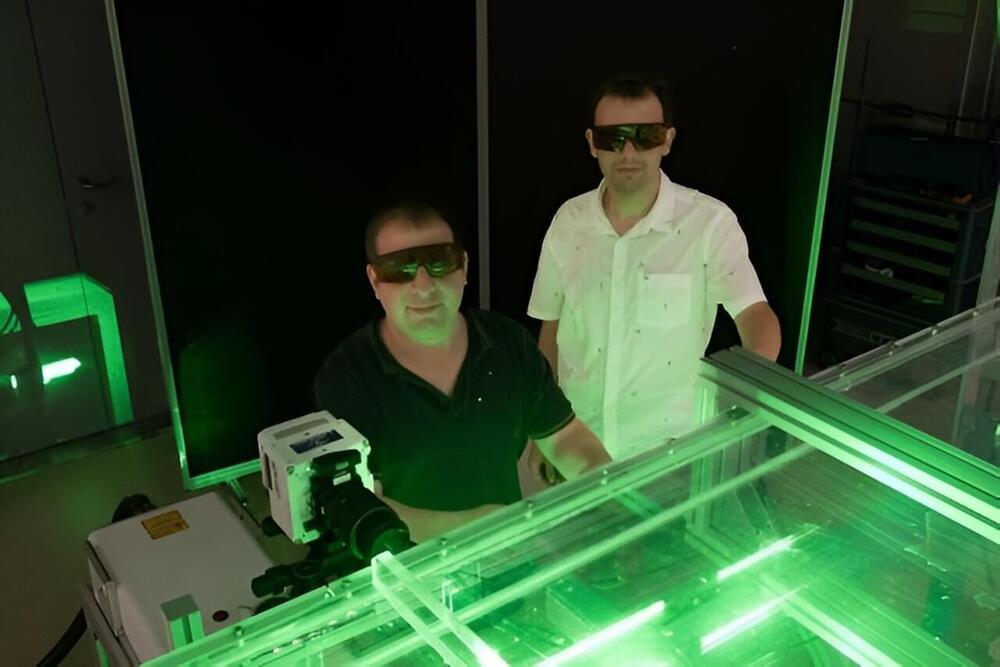
High-speed cameras reveal behavior of microplastics in turbulent water
Microplastics are a global problem: they end up in rivers and oceans, they accumulate in living organisms and disrupt entire ecosystems. How tiny particles behave in a current is difficult to describe scientifically, especially in the case of thin fibers, which make up more than half of microplastic contamination in marine life-forms. In turbulent currents, it is almost impossible to predict their movement.
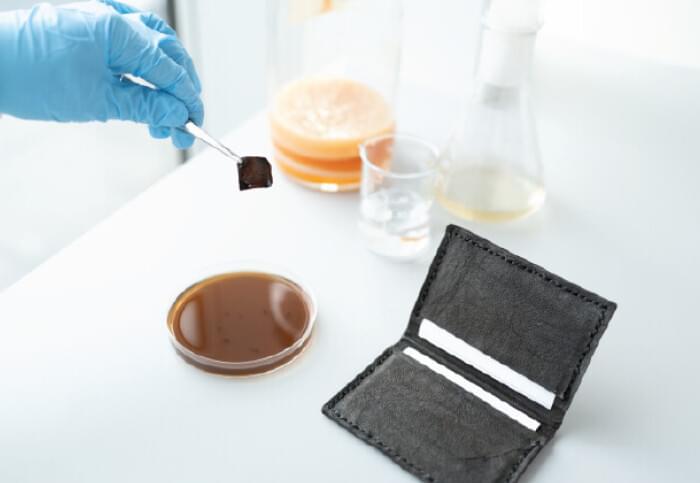
Plastic-free vegan leather that dyes itself grown from bacteria
Inventing a new, faster way to produce sustainable, self-dyed leather alternatives is a major achievement for synthetic biology and sustainable fashion. Professor Tom Ellis
Synthetic chemical dyeing is one of the most environmentally toxic processes in fashion, and black dyes – especially those used in colouring leather – are particularly harmful. The researchers at Imperial set out to use biology to solve this.
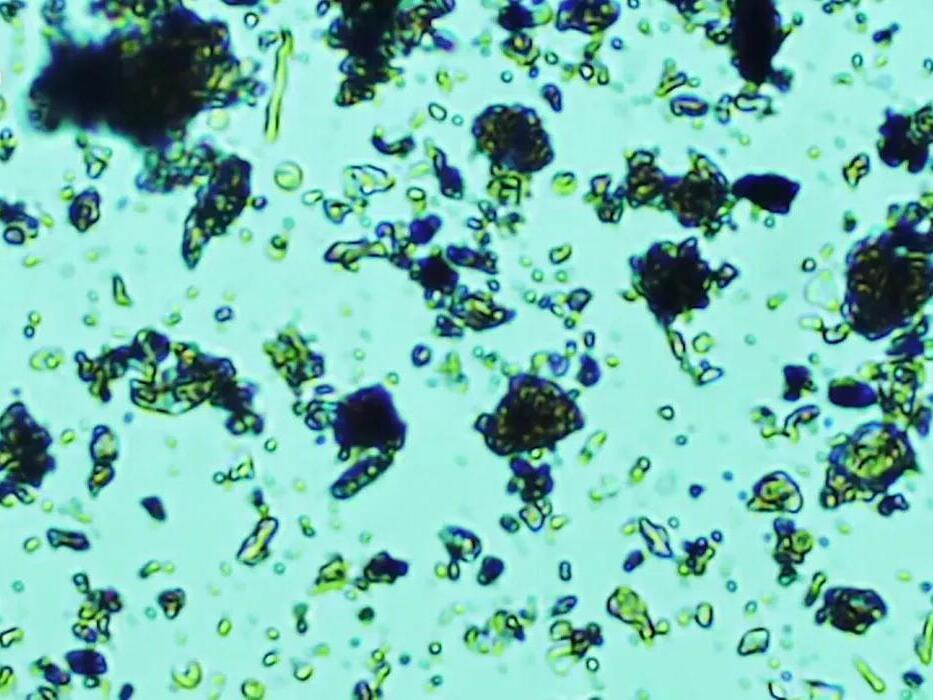
Scientists discover microwaves are home to swarms of radiation-resistant bacteria
The kitchen can be a messy place in any home – some more than others, as anyone who’s lived in a student flat can attest to – but it turns out the humble microwave is home to far more microbes than you could possibly imagine.
And, not only that, but the bacteria these devices are hoarding is resistant to radiation and multiplying by the second.
A new study from a team from Darwin Bioprospecting Excellence SL in Paterna, Spain, published in journal Frontiers in Microbiology has found that hardy microbes able to adapt to extreme conditions and thrive in microwaves.